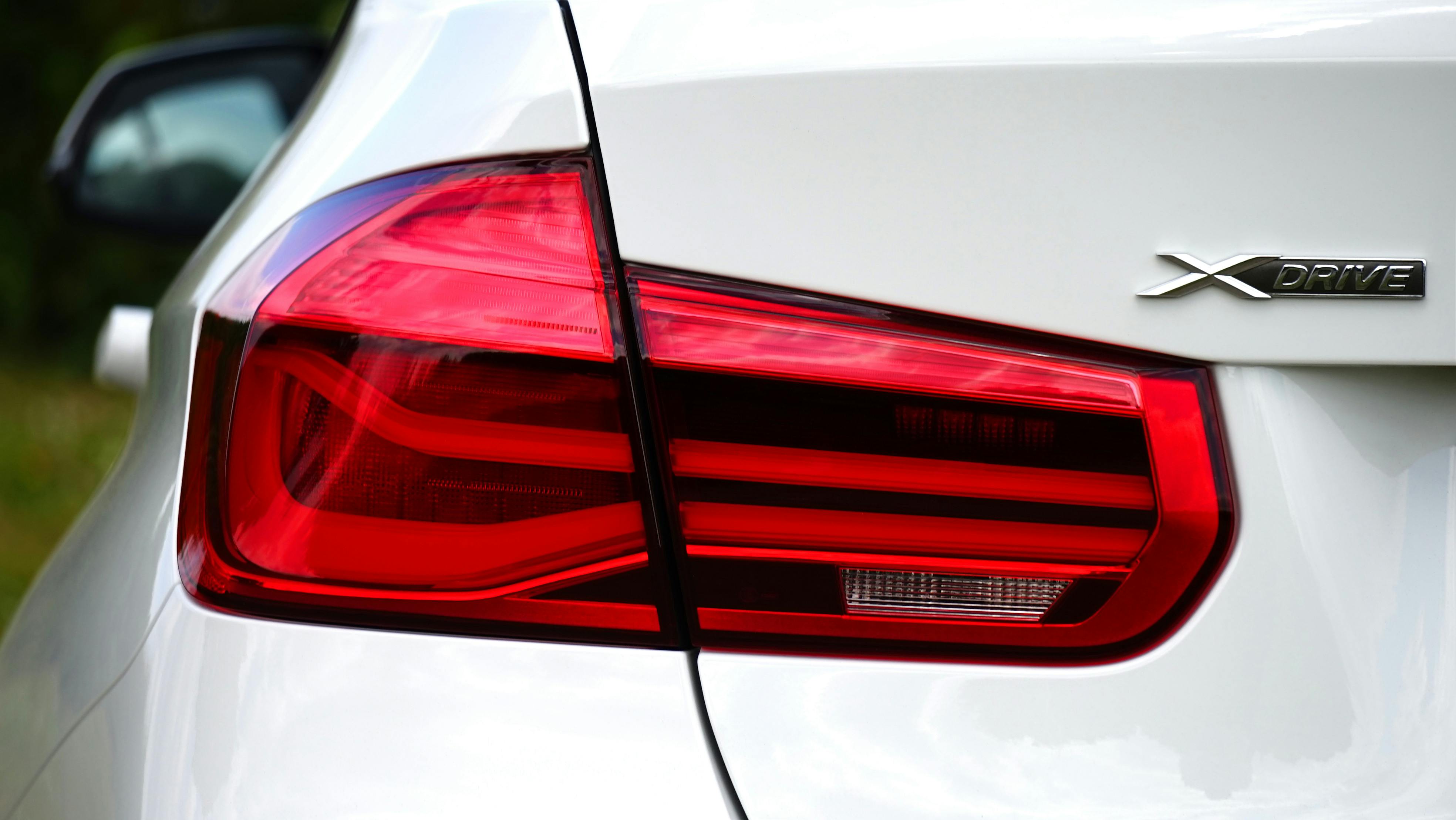Finding broken studs or bolts is one of the most unwanted scenarios we can imagine, especially when working on cars and other mechanical equipment. Many people have tried to develop different methods to remove any broken bolt from your property ranging from the carburetor barrel guard on your motorcycle to the metal plates on your garage doors. Methods such as drilling and welding are now available on the Internet in response to the increasing cases of broken bolts.
The real question is: “What causes a broken bolt?“
1. Over-stress
The word “overexertion” is enough to understand this cause; however, there is more to it than that. There are 3 types of load that the bolt experiences: the preload, the service load, and the tensile load. Preload refers to the internal stress that keeps the two joint materials intact, while service load refers to external factors that cause the joint materials to exert separate stresses. Tensile load, on the other hand, refers to a static stress that pulls both ends of the bolt apart. Tightening and turning the nut regularly will increase the tensile load on the bolt. If the tensile load exceeds the tensile strength, then the bolt will sustain permanent damage causing it to break. It is necessary to determine the proper amount of torque applicable to specific types of bolts to avoid overstressing.
2. Fatigue
About 85% of all broken bolt cages are due to fatigue. All bolts, especially shear bolts, were designed to fail in due time. In other words, its efficiency is not for life. This can be explained by going back to preload and service load. Each bolt or stud experiences a cycle of preload and service load. Fatigue is then determined for how many load cycles a bolt can withstand. This is why most equipment manuals suggest replacing studs after one to two years, especially when the stud is frequently exposed to stress factors such as those from shaping equipment and stamping machines.
3. Corrosion
Corrosion, on the other hand, refers to the effects caused by external elements, such as chemicals excreted from nearby parts or exposure to incompatible metal components. For example, bolts near the vehicle’s engine can leak oil and other engine fluids. These chemicals will cause the bolt to deteriorate over time; that is chemical corrosion.
Another type of corrosion is when the bolt was used to join incompatible metal components. Due to incompatibility, the bolt deteriorates and can also break. This is what we call galvanic corrosion. Although corrosion is one of the main causes of broken bolts, it is still a rare occurrence and can only be found in advanced metallurgical industries such as mechanical engineering, mining, and construction.
Among these three, including fatigue, most cases of broken bolts followed by overexertion. Corrosion varies from situation to situation and rarely happens. Keeping these factors in mind will help you maintain the efficiency of your equipment by preventing bolts from breaking.

